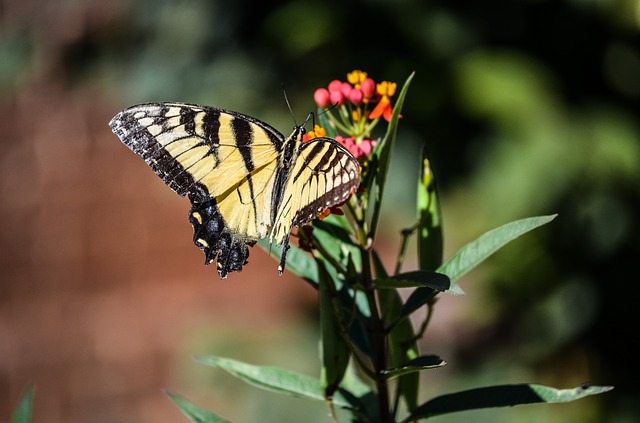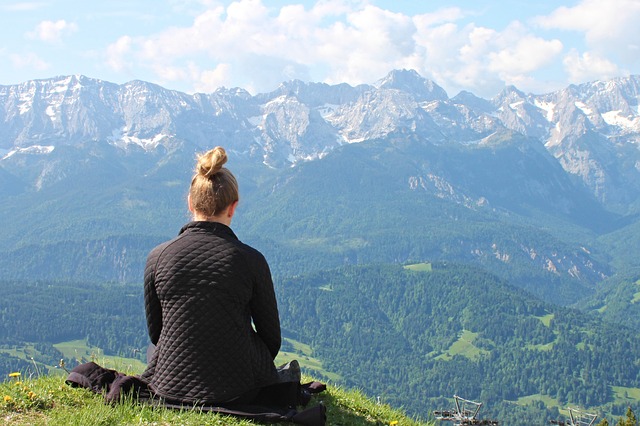Tara Brach in her meditation podcast on Creating a Balanced Mind, reminds us that a key element of mindfulness is accepting what is, being able to remain calm in the face of the ups and downs of life. She argues that meditation enables us to develop a balanced mind, calmness in the face of the various vicissitudes of life. Tara also offers a specific meditation that focuses on developing that calmness and equanimity.
Accepting the ups and downs of life
We have all experienced aspects of life that are disconcerting or even distressing – whether ill-health, ageing, trauma, pain, disappointment or loss. We would much prefer a life of pleasure rather than pain, one of praise rather than blame or criticism. Mindfulness helps us surf the waves of life and prevent us from drowning in the downsides that we experience as part of being human.
Mindfulness developed through meditation enables us to accept what is – mentally and emotionally acknowledging what is happening to us but maintaining our calmness and balance despite the stresses of life. If we are ageing, for example, there is no point in railing against the progressive loss of our faculties, both physical and mental. We can take constructive steps to redress our situation or slow our decline, but accepting what is requires a balanced mind, a capacity to maintain calmness, rather than agitation, in the face of the downsides of life.
Sometimes it helps to reframe a situation that we are experiencing – being able to look at the bright side. Recently, I was getting upset that I could not play some tennis shots that I used to be able to do. This was during a doubles match involving two young people as opponents. I found it embarrassing that I was not able to hit some simple shots. What had happened was that I had lost strength in my wrist and forearm through injury. I could continue to be upset and get “down in the dumps” or, alternatively, I could accept the situation calmly, take some constructive action, and reframe the experience.
On reflection, after undertaking the balanced mind meditation discussed below, I was able to see that the fact that I was not able to use my full power at tennis, enabled the young people to be successful, practise their shots and learn to develop tennis strategy during a game. The meditation has helped me to do two things – (1) take constructive action to strengthen my arm and wrist through exercises and (2) reframe the situation in a positive way as an opportunity for the young people to explore their own developing capacities. The calmness achieved in meditation can enable us to reframe our situation and more readily accept what is.
Developing a balanced mind meditation
In the meditation podcast mentioned above, Tara provides a specific meditation designed to develop a balanced mind – calmness in the face of the downsides of life. This meditation begins with being grounded through our posture and conscious breathing. The first stage may involve taking a number of deep breaths and breathing out to relieve any tension in your mind and body.
Tara spends considerable time helping you to tap into your breathing and where you feel it in your body. She also suggests listening to the sounds around you, without interpretation or evaluation of the sounds. Tara maintains that mindful breathing or mindful listening can serve as anchor during your meditation. I find, however, that it is easier for me to stay grounded if I focus on my breath rather than sounds, the latter tends to be distracting for me (unless conscious listening is the primary focus of my meditation, as when I am enjoying the sounds of birds in a natural setting).
One thing that I find grounding is the way I position my hands during a meditation. I have my hands resting in a relaxed manner on my thighs but with my fingers on one hand touching those on the other hand. I find that I experience strong sensations through my fingers during meditation, such as tingling, warmth and energy flow. The simple process of bringing my fingers together can increase my grounding during meditation and can be an anchor that I can recall at any time or anywhere during the day to access calmness and a balanced mind.
Tara suggests that if you experience a compelling distraction during the meditation, you can focus on the distraction temporarily, but build the discipline to return to your meditation focus. For example, if you experience pain in your forearm, you can focus on that part of your body and soften your muscles to release the tension, then return to the focus of your meditation. This builds your capacity to focus and to sustain your calmness in the face of setbacks.
Capturing the experience of calmness
Tara suggests that during the meditation discussed above, you can become aware of the calmness and equanimity you experience in the process of the meditation. The meditation itself involves developing calmness through focusing on something other than what upsets you, e.g. focusing on your breathing or sounds around you. As you experience a sense of ease and peace, you can dwell on those feelings to reinforce what a balanced mind is like and what meditation can do to help you achieve this state.
She also offers a further way to reinforce the sense of calmness by having you recapture a pleasant experience where you felt at ease and calm, e.g. enjoying nature, being with friends, executing a successful tennis shot, being still on a beach or staying calm in a crisis.
The meditation can be concluded by thinking of a future, potentially stressful event and exploring acceptance of the event, e.g. a biopsy, and picturing yourself meeting the event and its outcomes with calmness and equanimity.
As we grow in mindfulness through the balanced mind meditation, we can approach the downsides of life and daily stressors with calmness, rather than anger, resentment or frustration. This opens the way for calmness, clarity, reframing and achieving equanimity, despite the upsetting waves of life.
____________________________________________
By Ron Passfield – Copyright (Creative Commons license, Attribution–Non Commercial–No Derivatives)
Image source: courtesy of bertvthul on Pixabay
Disclosure: If you purchase a product through this site, I may earn a commission which will help to pay for the site, the associated Meetup group and the resources to support the blog.










